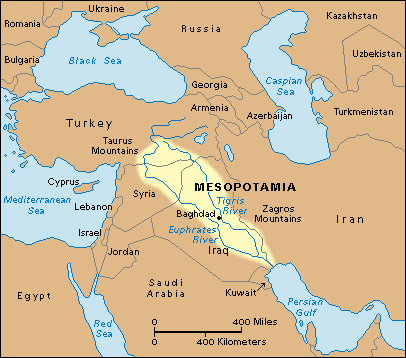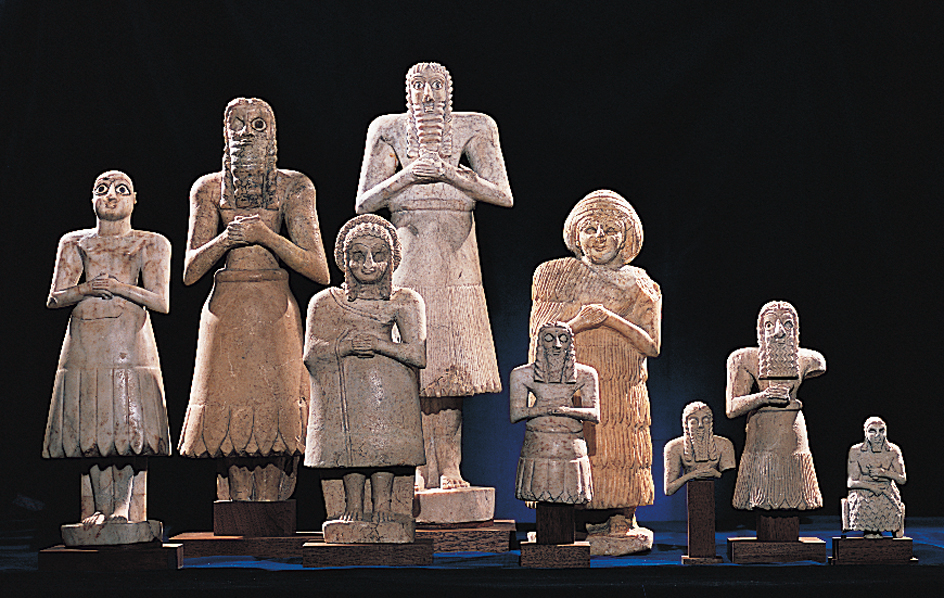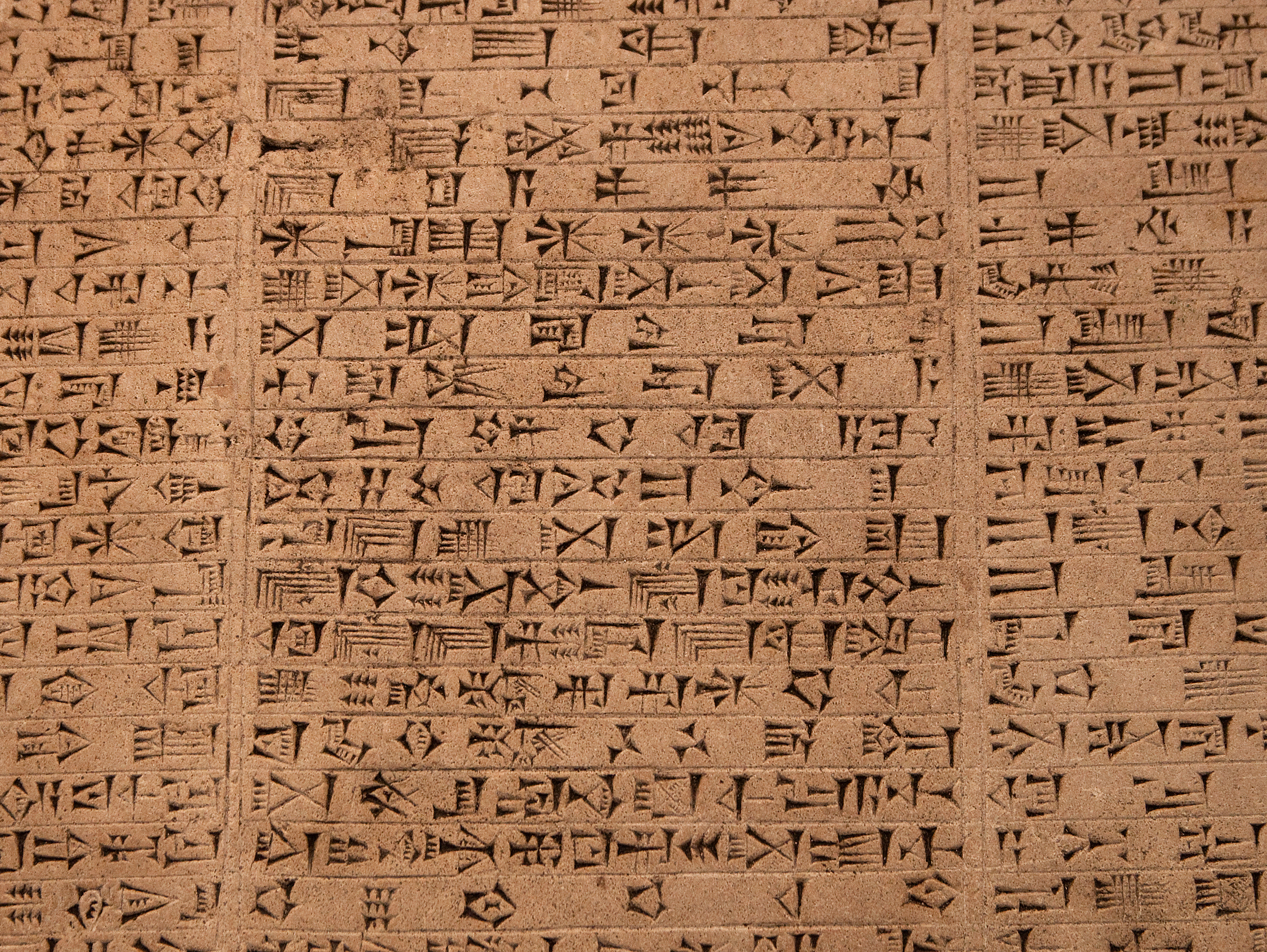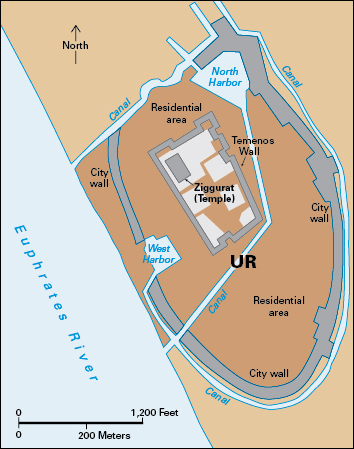Sumer, << SOO muhr, >> was an ancient region in southern Mesopotamia (now southeastern Iraq). It was the birthplace of the world’s first civilization. By about 3300 B.C., a number of urban centers in this area had developed a writing system to express the Sumerian language. However, no written word for a place called Sumer was in use until about 2500 B.C. Nor is there clear evidence that Sumerians were a distinct ethnic group.

Way of life.
Sumerian civilization developed in a region with little rainfall. However, the Tigris and Euphrates rivers provided water for irrigation and had a fertile flood plain. Most Sumerians made a living by growing cereal crops, especially barley and wheat, and fruits and vegetables, such as dates and onions. Networks of canals allowed the Sumerians to grow crops across much of the flood plain. People outside this fertile region raised sheep and goats, mainly for wool. Woolen textiles were one of the region’s few exports.

The Sumerians’ agricultural economy provided them with a kind of stability unknown in the world until then. On this foundation, the Sumerians built cities with magnificent temples and civic architecture. They became accomplished craftworkers and traders. Many were skilled in metalwork or stonework, even though most metal and stone had to be imported. Textile workers wove fine cloth. Other craftworkers made armor, jewelry, pottery, and weapons. Sumerian trading ships sailed to lands bordering the Persian Gulf to obtain ivory and other luxury items. Boats from places as distant as western India docked at Ur and other Sumerian cities. The Sumerians founded some of the earliest schools, mainly to train scribes. Scribes kept records for government offices, temples, and other institutions. Few people outside these institutions used writing.
The earliest Sumerian writing soon developed into a system of cuneiform (wedge-shaped) symbols. Writers made the symbols by pressing a pointed instrument called a stylus into wet clay tablets. The tablets were then dried in the sun. Hundreds of thousands of these tablets have survived. They provide information about Sumerian economy, law, literature, politics, and religion. The Sumerians also left writings about mathematics, anatomy, medicine, and magic. Eventually, cuneiform was used to write more than a dozen ancient languages throughout southwestern Asia. The Sumerian language stopped being spoken about 2000 B.C. 
History.
People have lived in the Sumer region since the 5000’s B.C. Scholars do not know where the first inhabitants came from. Larger towns began growing slowly about 4000 B.C. Around 3300 B.C., several of these expanded rapidly into big, independent city-states. A city-state consists of a city and the surrounding villages and farmland. The largest city-state was Uruk. Some evidence suggests cooperation between the city-states. However, defensive walls were built around the city-states. Evidence of intercity warfare also increases as Sumerian history progresses. The more powerful city-states conquered their smaller neighbors and became small kingdoms, including Kish, Lagash, Umma, Ur, and Uruk.

None of the Sumerian kingdoms asserted lasting control over the others until the king of Kish did so about 2500 B.C. Uruk controlled most of Sumer for a brief time about 2375 B.C. A non-Sumerian dynasty (family of rulers) established by Sargon of Akkad then ruled Sumer for about 150 years. The dynasty put down many revolts.
From 2112 to 2004 B.C., a dynasty based at Ur revived Sumerian culture to its greatest height, even though the Sumerian language had begun to fall out of use. The rulers of southern Mesopotamia from about 2000 to 500 B.C. adopted elements of Sumerian culture but not the Sumerian language.
